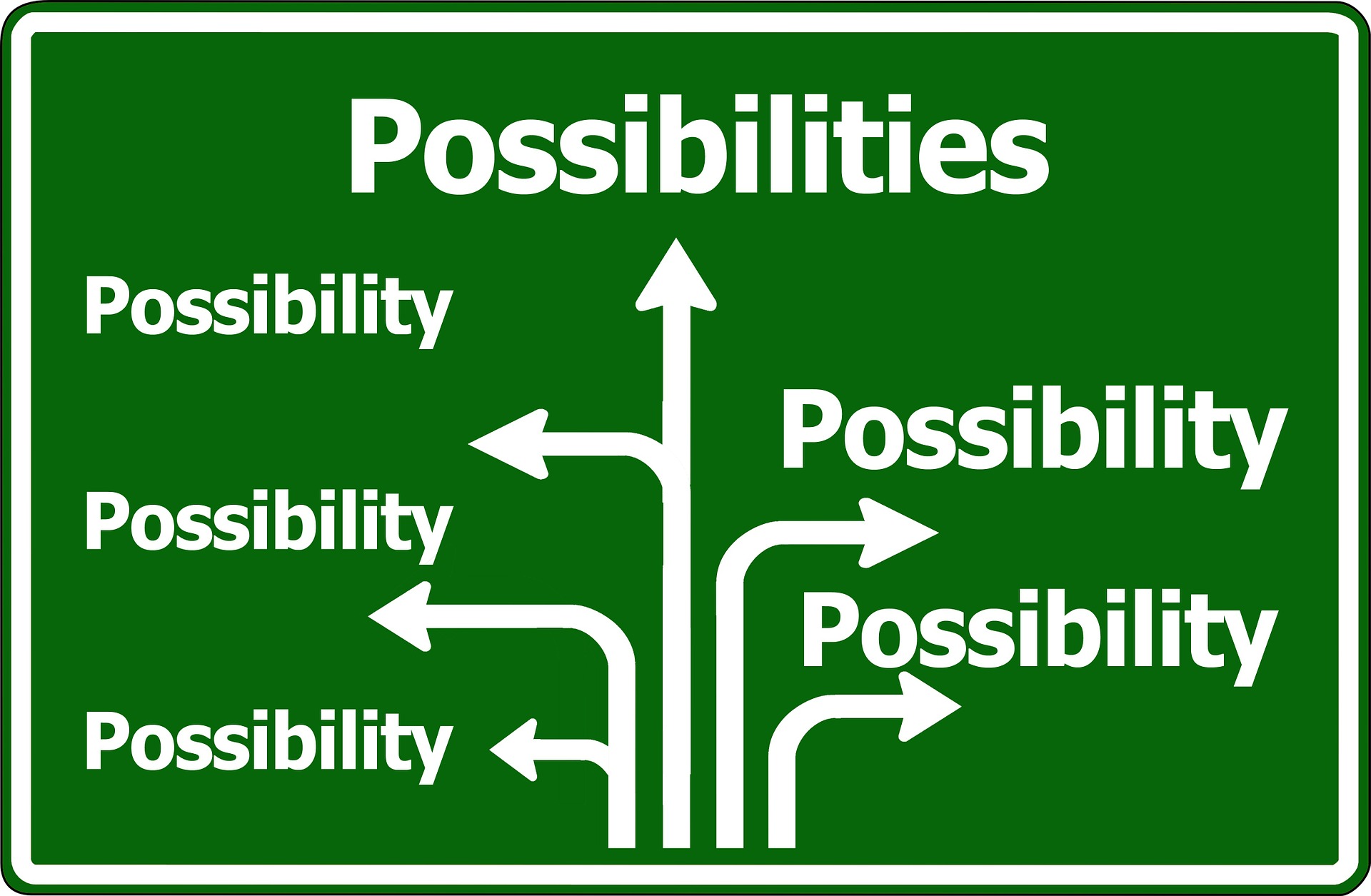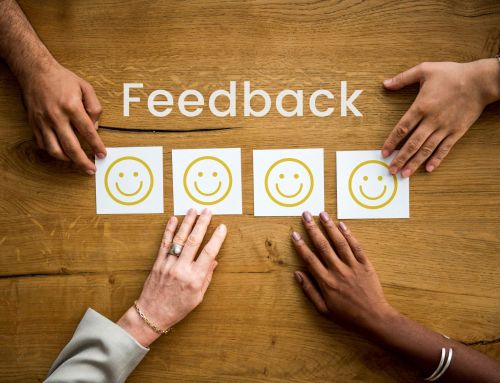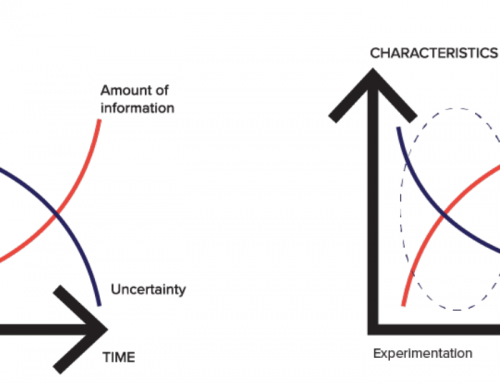As the world is swept along a wave of increasing digital transformation, businesses need to swim with the tide. From the rapid adoption of online shopping during Covid lockdowns to the shift towards a more circular economy and a growing demand for sustainable, eco-friendly products. Not to mention the impact of the recent cost-of-living crisis on consumer spending habits. Customer’s needs, behaviours and expectations are constantly changing. Companies need to up their game and prioritize the customer experience.
According to the 5th edition of the State of the Connected Customer by Salesforce, 88% of customers say the experience a company provides is as important as its product or services — up from 80% in 2020.
So how do businesses keep up in the face of such rapid change? How do they deliver offers and engagements that don’t just fulfil, but exceed the customer experience? And how do they predict offer uptake and product popularity?

Learn from your customers actions
The surge in consumer online activity gives companies considerable opportunities to learn more about people from their digital personalities. This is information that is readily available but often underused. Information such as, what time of the day customers access apps or check their balances, where they purchase items, what events they sign up for, etc.
Companies can use this data to experiment in a much more dynamic way, by:
- Continuously monitoring human behaviour while they engage. This makes it possible to personalize highly relevant offers and engagements. Because you’re analysing their behaviour in real-time you can instantly see what’s working and what people like. Plus, it allows you to adjust offers or engagements on the spot. You get faster experiment results and your customers get a superior customer experience.
- Accounting for communal social rituals and events, from holidays to internet outages. Traditional experiments are short and run within a fixed timeline so they can’t easily incorporate this information. Dynamic experimentation allows calendars to be set up. So now you can factor in seasonality and dates of key rituals or events that may impact people’s behaviour during the experiment.
- Using built-in behavioural constructs to develop a deeper understanding of the customer, leads to more personalized options being recommended by the experiment.
Experiments can be more dynamic and insightful with the right tools and infrastructure while ensuring a far better customer experience and preventing customer churn.
When you experiment dynamically you can test all possible options and learn from your customers’ behaviour the moment you start the experiment.

Here are 5 ways dynamic experimentation can improve your data science process to ensure a better customer experience:
-
Learn from people’s behaviour as they engage
Real-time analysis of people’s live behaviour while they interact with the experiment means you can see in an instant what they like and what they don’t like. No more guesswork or hypothesising based on prior data. Be ever-present, learn as you test in real-time and delight your customers by offering highly personalized, relevant offers.
-
Discover new trends with or without data
Gain new knowledge and insight into trends and markets as they unfold. You don’t even need data to start running experiments. You can start with a cold start if you don’t have data and continuously ingest data throughout the day and night to update your option stores. This improves the performance of your recommenders by eliminating bias and reliance on prior data and gives you real-time feedback as customers interact or engage with you.
3. Deploy recommenders faster using a low-code environment
A low-code environment that integrates seamlessly with your environment lets you create, edit, and manage a multitude of competing experiments from one centralized location. Because the experiment is continuously learning from customers’ real-time reactions, both system knowledge and understanding of what people truly want is greatly enhanced.
-
Test, adjust and learn while you’re in production
Dynamic experimentation gives you the tooling and real-time scoring to continuously learn and grow while you’re in production. You can learn while you’re going through the traditional data science process. Meaning you no longer have to wait to get all your data together, or for the experiment to finish to understand and improve your outcomes. You can make the right decisions and improve your customer experience as you get real-time feedback in production.
-
Use behavioural analysis to recommend more personalized offers
Set up calendars and key dates or events that include rituals. Monitor behavioural changes and analyze how the popularity of things shift over time. This allows you to adjust your offers accordingly to provide a much better customer experience.
Get real-time insights
When companies shift to experimenting dynamically, they tap into endless opportunities to learn more about the individuals they interact with and what they engage with.
ecosystem.Ai’s low-code platform lets you do this. Because you are permanently in production, you can tweak parameters while running your live tests and experiments. This lets you be creative with your data science capabilities, without worrying about the infrastructure to support your desired outcomes. Letting you focus on delivering the right product, at the right time, to the right customer.




